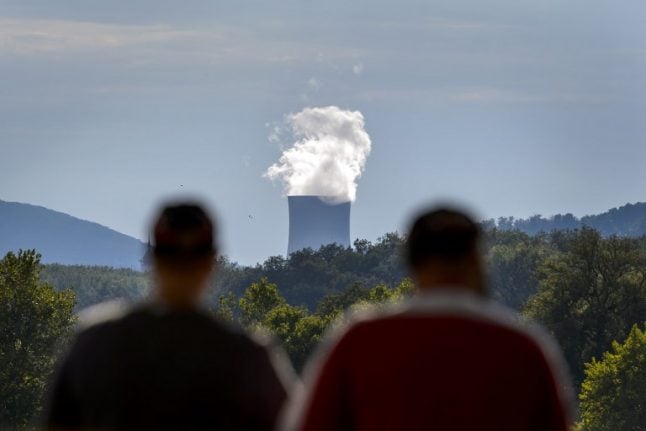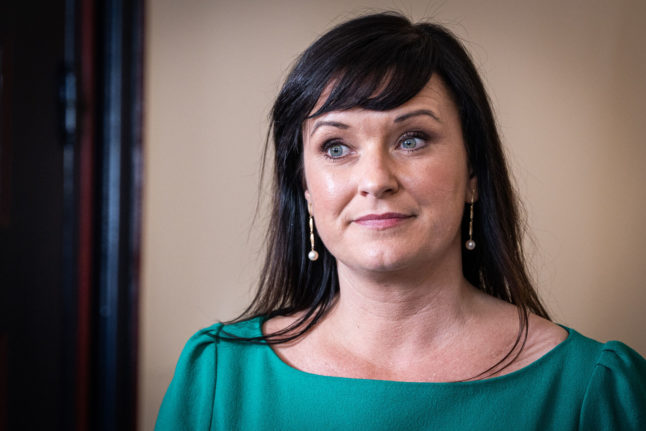“I assure all citizens that they can continue to use and drink water from the mains in total serenity,” the health councillor for Lombardy, Giulio Gallera, said on Monday.
Tests detected the bacteria, which causes Legionnaires' diseases and other respiratory illnesses, in nine of 14 cooling towers in the province of Brescia, he said.
Six of 12 samples taken from the River Chiese, which runs from Trentino to Brescia and into Lake Idro, also tested positive.
Authorities are expected to order the cooling towers' owners to conduct an urgent clean-up to prevent any further contamination. Prosecutors have opened an investigation to determine culpability for the outbreak, which is believed to have resulted in at least two deaths.
READ ALSO: Legionella bacteria confirmed in pneumonia patients in northern Italy
In total 405 people in Brescia suffered symptoms of pneumonia in recent weeks, with 42 cases confirmed to have been caused by legionella. Most of those affected were elderly and the majority were men.
The bacteria is transmitted by inhaling drops of contaminated water, which can be dispersed over several kilometres if it escapes from large industrial cooling towers.
New cases had already dropped off by last week, authorities said, leading them to believe that the worst of the outbreak is over.
Italy has the highest number of cases of legionella bacterium infections in Europe, according to the most recent annual report by the European Centre for Disease Control. The number of detected cases is constantly rising across the continent, with better surveillance, population ageing, increased travel and climate change among the contributing factors.
READ ALSO: Cases of West Nile fever in Italy soar

Photo: Justin Sullivan/Getty Images/AFP



 Please whitelist us to continue reading.
Please whitelist us to continue reading.